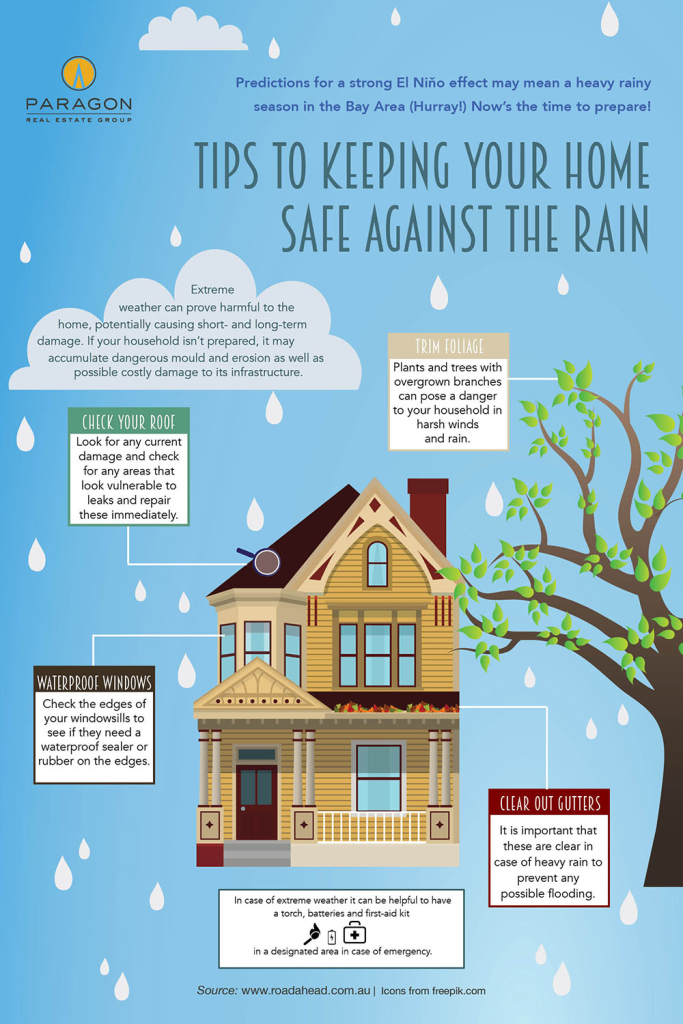Discover Exactly How The Facility Partnership Between Expenses And Eco-Friendly Impacts Can Reveal The Full Abilities Of Solar Energy In Comparison To Conventional Energy Sources
Discover Exactly How The Facility Partnership Between Expenses And Eco-Friendly Impacts Can Reveal The Full Abilities Of Solar Energy In Comparison To Conventional Energy Sources
Blog Article
Post Written By-Clayton Stein
When analyzing the viability of solar energy versus conventional power sources, you may find yourself considering the long-lasting sustainability and influence on your finances. The elaborate equilibrium in between first expenses, continuous expenses, and ecological ramifications increases crucial questions about the future of power generation. As Click Link navigate through the complexities of this contrast, a much deeper understanding of the subtleties in cost-effectiveness, ecological stewardship, and energy safety awaits expedition.
Cost-Effectiveness Contrast
When contrasting the cost-effectiveness of solar energy with standard energy sources, it ends up being apparent that initial investment differences play a pivotal function in determining long-lasting cost savings.
While solar energy systems need a higher ahead of time investment for installation and tools, they provide considerable long-term advantages that can surpass the initial expenses. The key lies in comprehending that solar power systems have very little ongoing functional and maintenance costs compared to typical power resources like fossil fuels.
By buying solar energy, you can potentially reduce energy expenses over the system's life-span. Furthermore, with improvements in modern technology and lowering installment expenses, solar energy has actually come to be more available and economical for homeowners and organizations alike. These savings can collect with time, providing a return on investment that exceeds standard energy sources.
Furthermore, solar power systems provide the advantage of energy self-reliance and security against rising and fall utility rates. By harnessing the power of the sunlight, you add to a cleaner atmosphere and decrease your carbon footprint. Welcoming solar power not only advantages your purse but additionally the earth in the future.
Environmental Impact Analysis
Solar energy offers an appealing alternative to traditional power sources as a result of its substantially reduced ecological effect. Unlike fossil fuels that give off dangerous greenhouse gases and add to air contamination, solar energy produces electricity without generating any type of exhausts.
The procedure of harnessing solar power involves recording sunshine with photovoltaic panels, which doesn't launch any type of toxins into the atmosphere. This lack of discharges helps reduce the carbon impact related to energy production, making solar energy a cleaner and extra sustainable alternative.
In addition, the use of solar power adds to conservation initiatives by minimizing the demand for finite resources like coal, oil, and gas. By relying on mouse click the following webpage and renewable resource source, we can aid maintain natural environments, shield communities, and reduce the negative impacts of source removal.
Dependability and Energy Landscape Assessment
For a thorough analysis of reliability and the energy landscape, it's essential to assess exactly how solar energy compares to traditional sources. Solar power is gaining ground as a reputable and lasting power resource. While standard sources like coal, oil, and gas have been traditionally leading, they're limited and add to environmental destruction.
Solar energy, on the other hand, is bountiful and eco-friendly, making it an extra lasting choice over time.
In terms of integrity, solar power can be dependent on climate condition and sunlight schedule. However, developments in innovation have resulted in the development of energy storage space options like batteries, improving the dependability of solar energy systems. Traditional resources, on the contrary, are vulnerable to rate fluctuations, geopolitical stress, and supply chain disruptions, making them less reputable in the long-term.
When assessing the energy landscape, solar power supplies decentralized energy production, lowering transmission losses and enhancing energy safety. Typical sources, with their central nuclear power plant, are more vulnerable to disruptions and call for substantial framework for distribution.
Verdict
To conclude, when comparing solar energy to standard energy sources, it is clear that solar energy offers an affordable, eco-friendly, and trusted option. With very little functional expenses, prospective financial savings on energy bills, and a dramatically reduced environmental effect, solar energy is ending up being a much more sustainable and protected alternative. Welcoming solar power can help in reducing greenhouse gas emissions and contribute to preservation efforts, making it a compelling option for the future.
